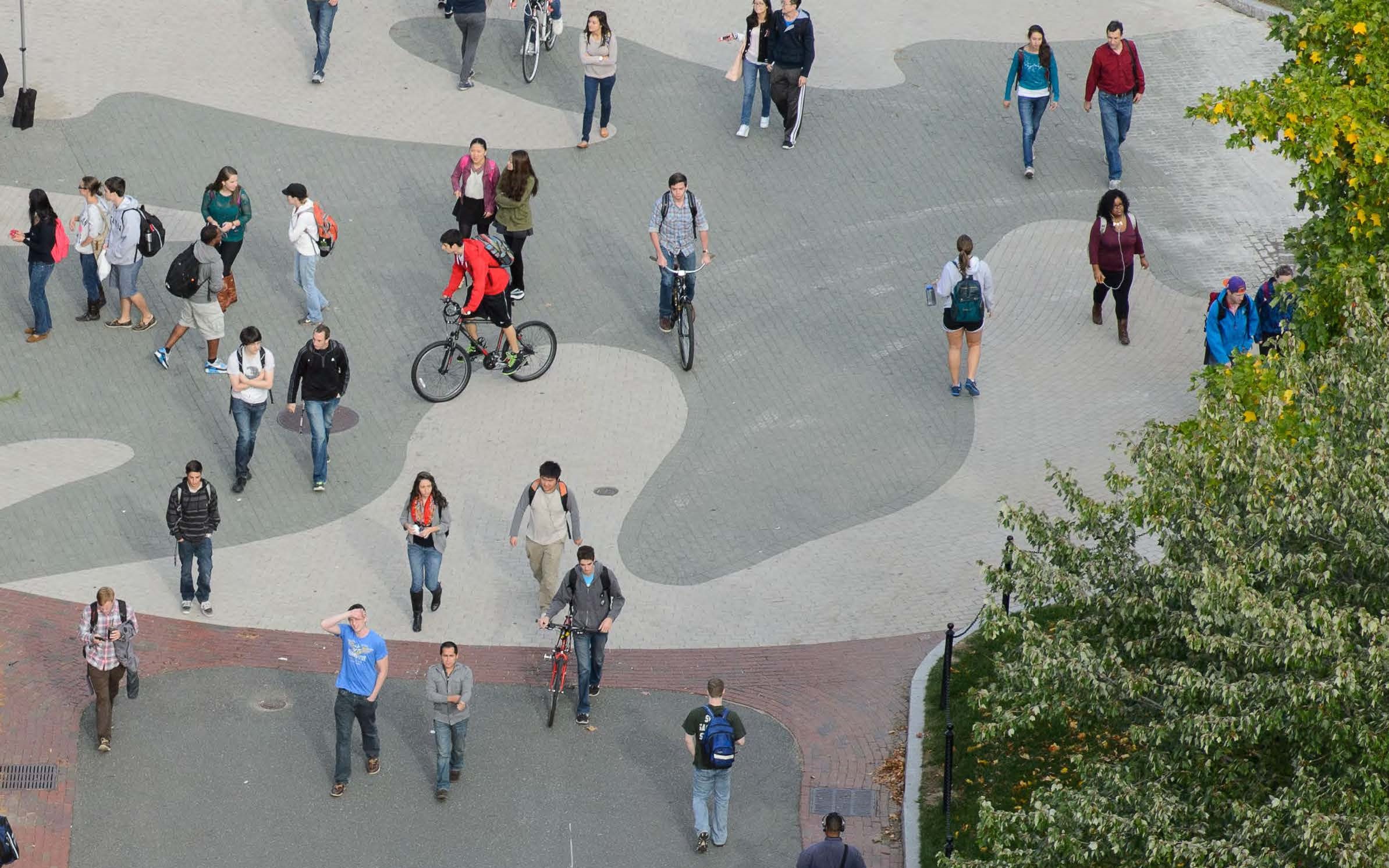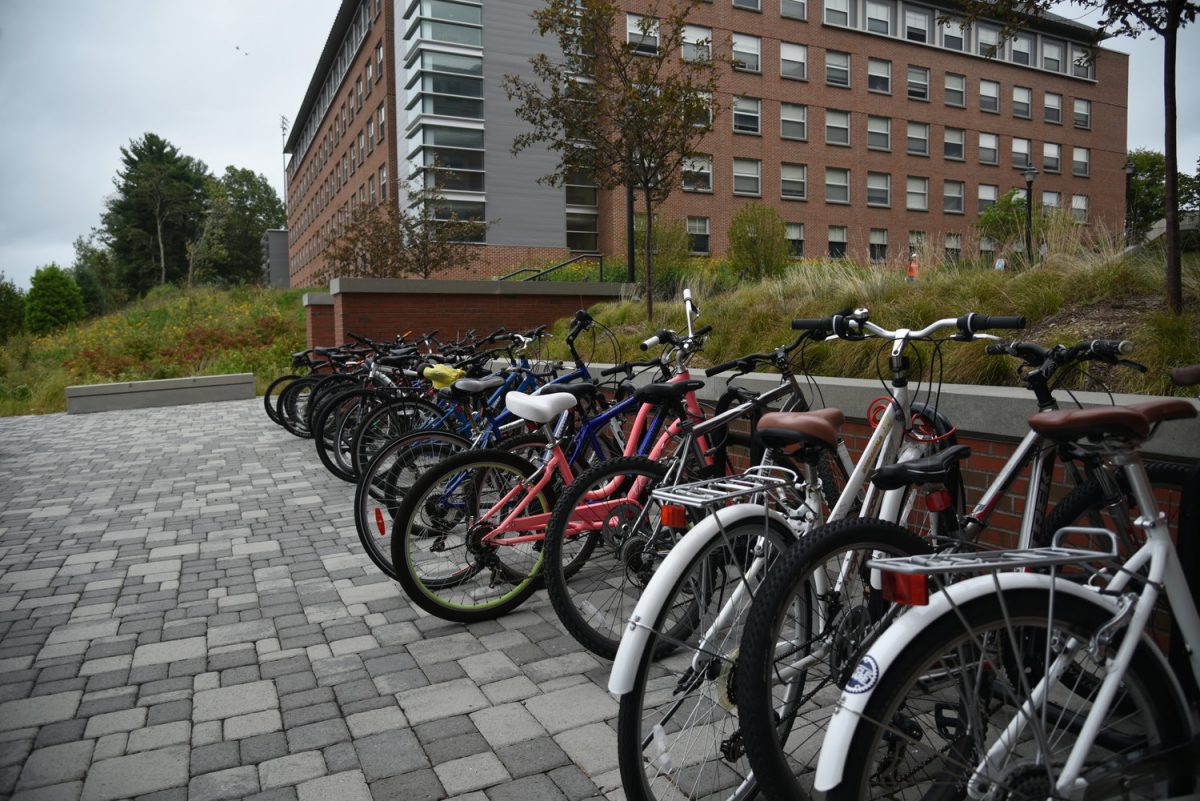
PROJECT PURPOSE
The Centers for Disease Control and Prevention (CDC) defines active transportation as any self-propelled, human-powered mode of transportation, such as walking or bicycling. According to the CDC, physical inactivity is a major contributor to obesity, diabetes, heart disease, stroke, and other chronic health conditions in the United States. However, many Americans view active transportation within their communities as unsafe due to heavy traffic and a scarcity of sidewalks, crosswalks, and dedicated or shared facilities. This is true of college campuses as well.
Beginning in January 2022, UConn developed its first Active Transportation Plan (ATP). During the planning process, the consultant-led team:
- Captured the community's vision and goals in an open, collaborative process
- Identified strategies for achieving the vision and goals over the next 5-10 years
- Presented recommendations for policies, processes and project formulations
Now complete and available here, the ATP establishes guidance for:
- A more coherent, walkable and bikeable campus
- An organizational framework that connects parking facilities and other transportation hubs with common campus destinations and living communities, including those immediately adjacent to campus
- Education, processes and policies that raise awareness and make active transportation modes more safe, comfortable and convenient
- Effective enforcement and evaluation strategies
- Improved bike parking and storage, and the use of electric bikes, scooters and other forms of motorized, assistive or semi-active transportation modes
- Connectivity to/from local and regional transportation networks
- Identifying opportunities and constraints for universal access
- Metrics, polling, schedules, cost estimates, conceptual plans and other tools to guide planning, design, prioritization and implementation of projects
The ATP also has an immediate focus on reducing pedestrian-vehicular conflicts and increasing safety and connectivity throughout the campus core via existing north/south and east/west corridors. Proposed improvements include traffic calming measures, identification of complete street opportunities, safer mid-block crossings, intersection alignments and controls, and closures or connections that address gaps in the existing network.
NOTE OF APPRECIATION
The University of Connecticut recognizes the design of its campus streets, sidewalks, paths, crosswalks, lighting, and other physical features impact decisions about one's travel to campus destinations. UConn is firmly committed to improving its policies, programs, and infrastructure to support and safely accommodate a variety of transportation choices, ensuring mobility for all. By accommodating and encouraging active transportation users, UConn can be a more environmentally and fiscally sustainable campus and a leader for active and healthy transportation in the northeast.
THANK YOU to the campus community who provided over 250 comments suggesting improvements that could make walking, bicycling, scooting, skateboarding, bus riding and overall mobility more safe and accessible. THANK YOU to leadership in the Traffic-Pedestrian Safety Advisory Group and members of our Working Group comprised of students, faculty and staff who helped guide the project with our transportation planning and engineering consultants. Together we identified near-term solutions that may be implemented quickly, as well as those that could be phased over the next 10 years.
